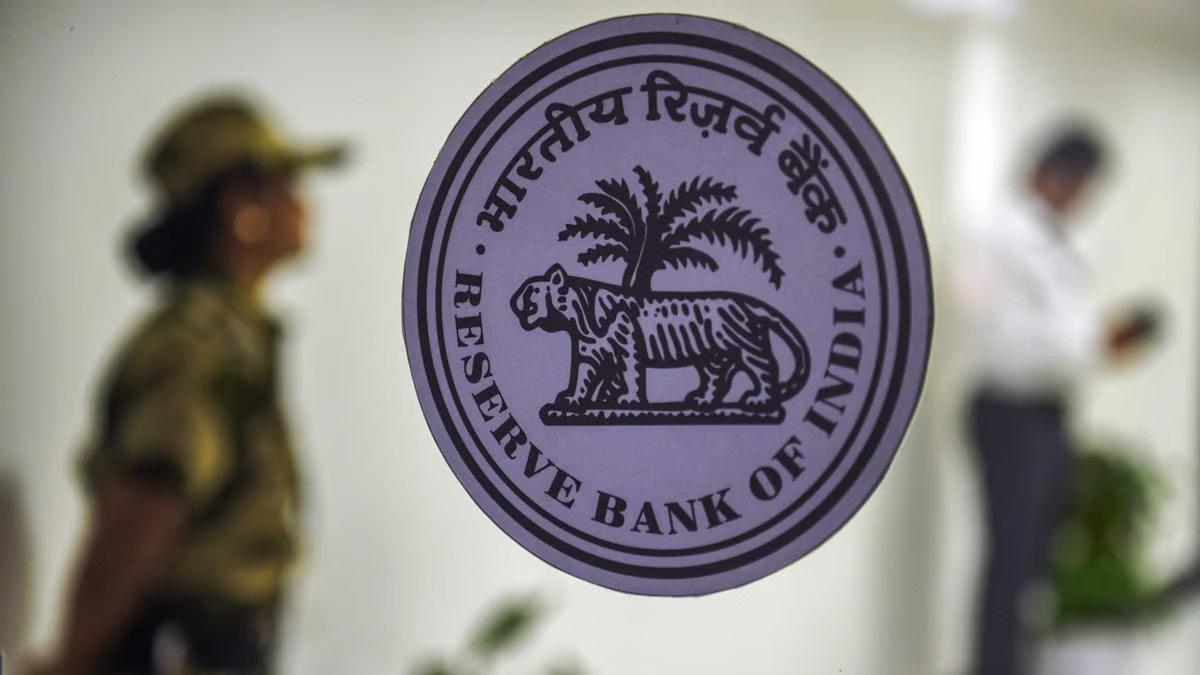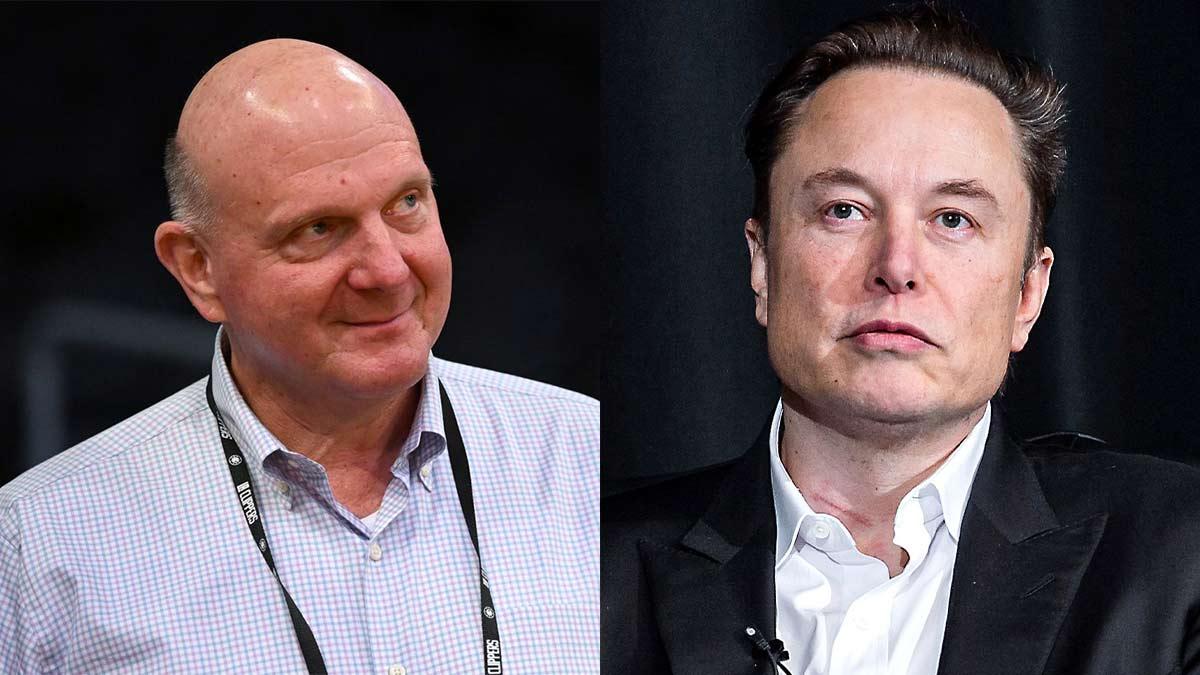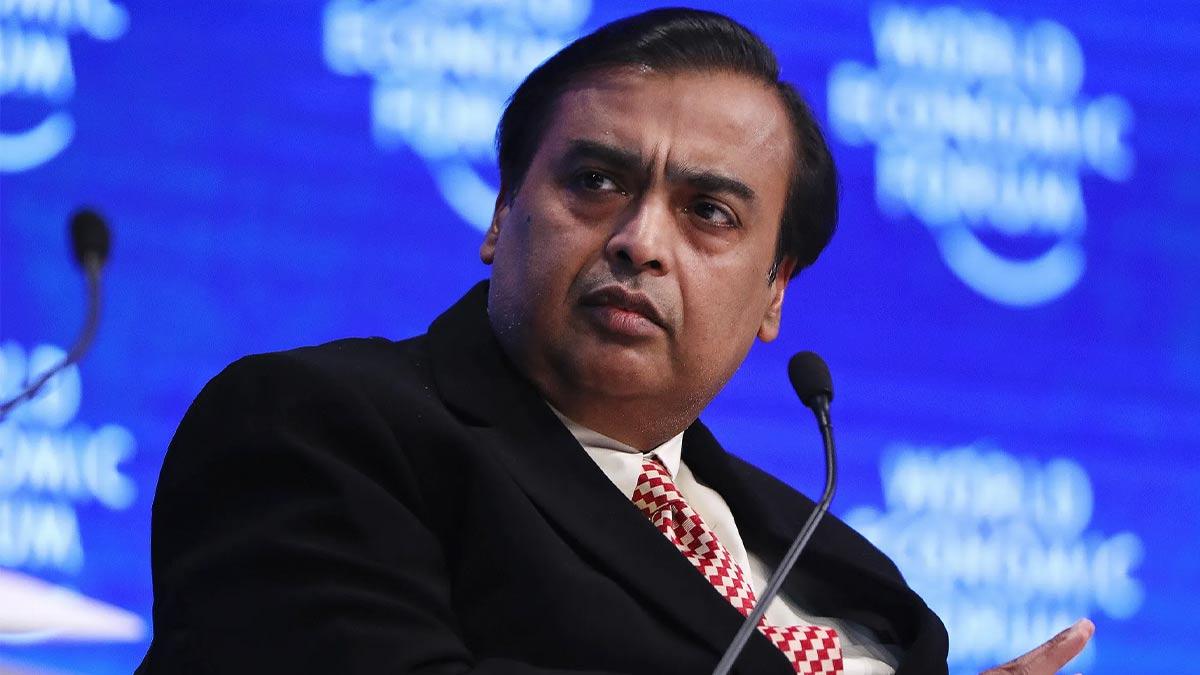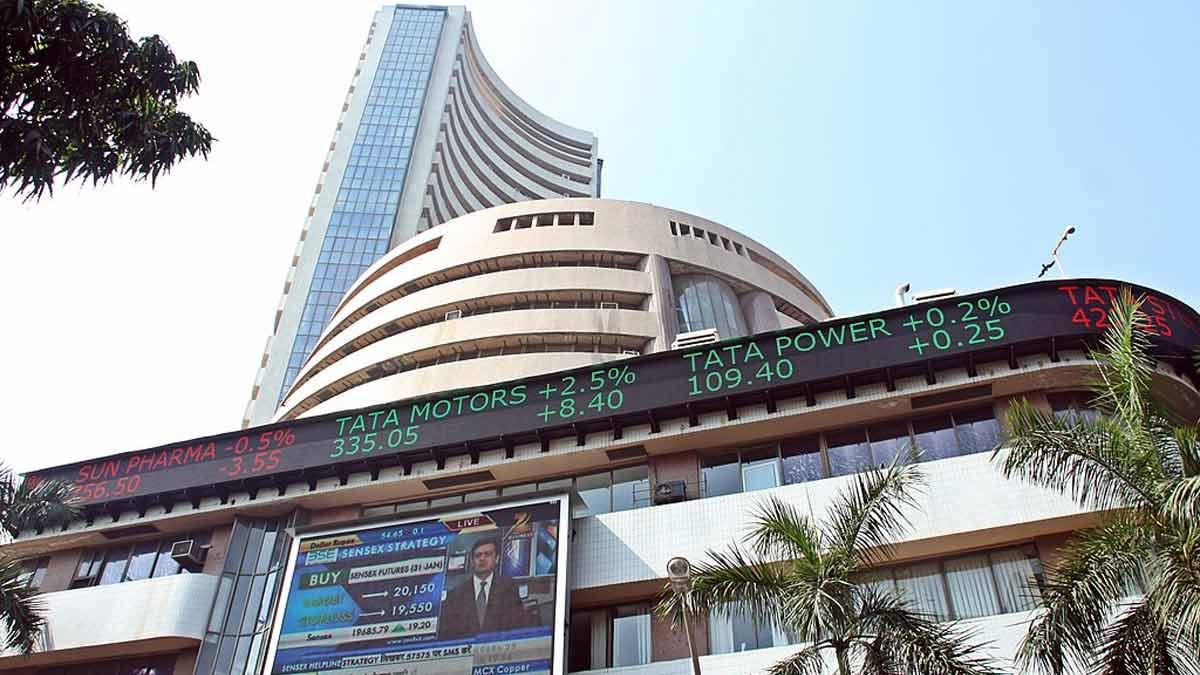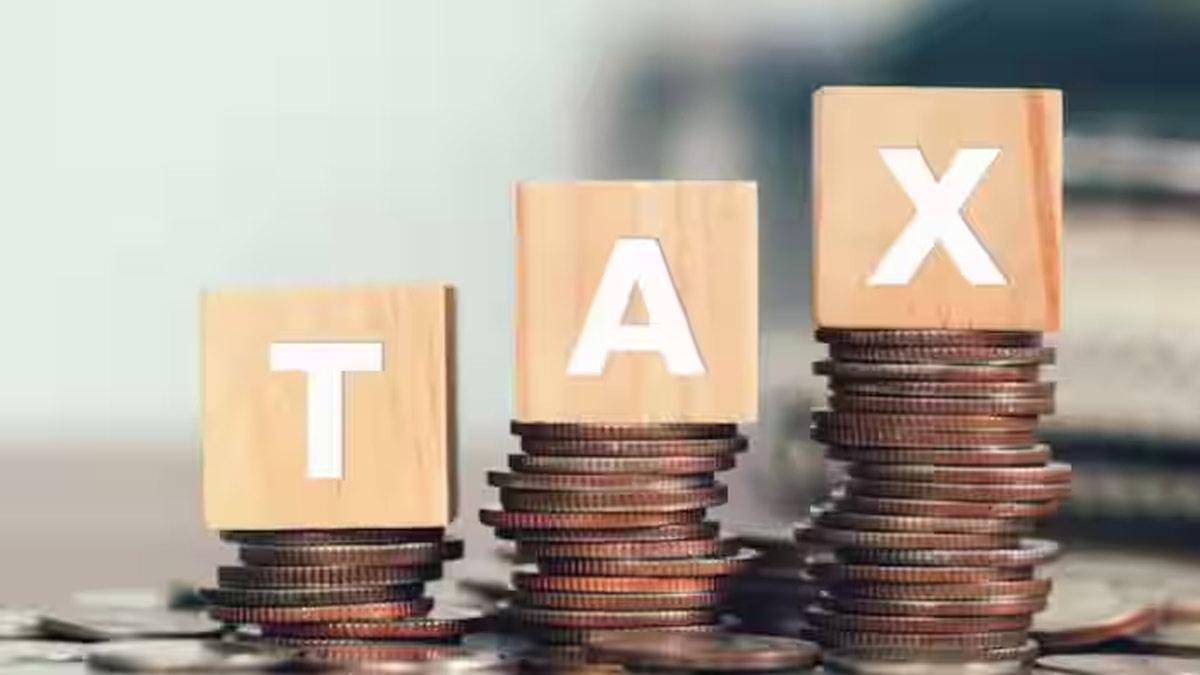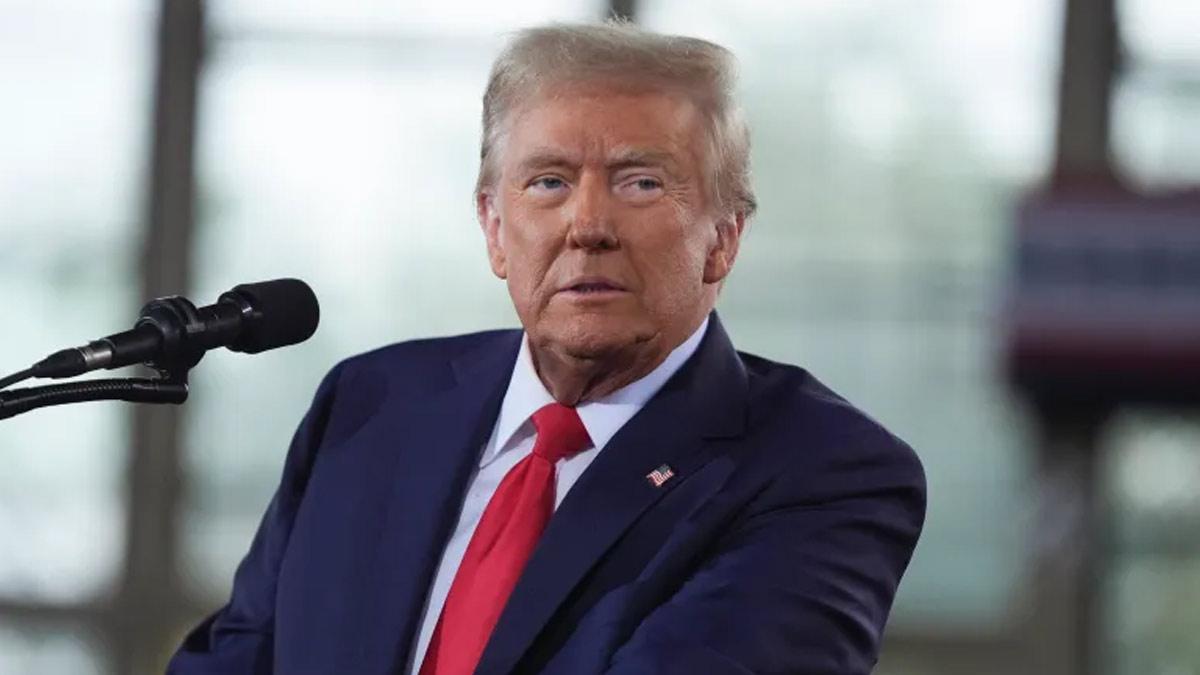A Morgan Stanley report on Tuesday estimated that softer inflation and slower growth would most likely encourage the Reserve Bank of India (RBI) to follow a more aggressive easing policy, with a total 100 basis points (bps) cut and two further rate cuts in 2025.
The international brokerage also estimated India's GDP growth to be at 6.1 percent for FY26, as the global economy remains uncertain.
Also, Morgan Stanley forecast the Sensex to touch 82,000 by December 2025, which represents a 9 percent appreciation over its current value. The report stated that the "low beta" position of India has helped the nation sharply outperform while the world has been going down during the time of global market downturn, though the index could fall to multi-month lows. The main drivers of India's outperformance are ongoing dovish moves by RBI, fiscal stimulus in the form of reduction in GST rates, a trade agreement with the US, and better-than-expected economic growth numbers.
Morgan Stanley also forecast reduced food inflation and decreasing oil prices that would enable food as well as non-food inflation to remain at tolerable levels. "We see inflation averaging 4 percent in FY26, with the direction of the next few months remaining comfortably below the 4 percent threshold," the report added.
On the forecast for GDP growth, the report confirmed uncertainty in world trade, especially as the U.S. government has delayed retaliatory tariffs by 90 days, leaving out China. Although this leaves the door open for possible negotiations and agreements, the report pointed out that adjustment in tariff policies would choke business optimism. In Morgan Stanley's base case, India and the U.S. are expected to successfully conclude a bilateral trade agreement within the next few months. But high tariffs between the U.S. and China may continue to damage global trade and growth.
Domestically, consumption is gaining traction, led by improved agricultural performance in rural India. Capital expenditure (capex) is underpinned by normalization of public spending, though private sector investment is still weak.
"India's domestic growth is supported by better government expenditure and dovish RBI. The medium-term earnings cycle holds," the report further said. The Indian government is likely to also persist with its fiscal consolidation targets for FY26, aided by higher fuel tax revenues. The recent Rs 2 per litre hike in excise duty on petrol and diesel is likely to raise an additional 0.1 percent of GDP in revenues, aiding to partially counter lower tax buoyancy.
Read also| Tax Officials Clarify GST on Apartment Maintenance Has Been in Place Since 2019
Read also| India's Forex Reserves Climb to $676.3 Billion, Marking Fifth Consecutive Weekly Gain

